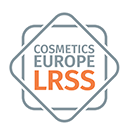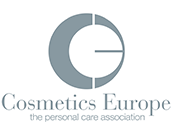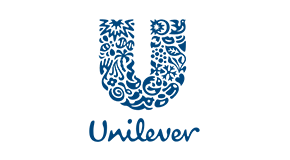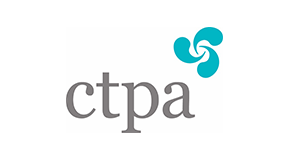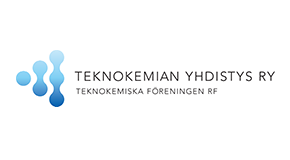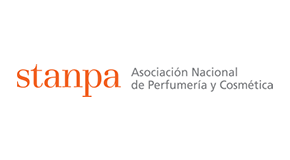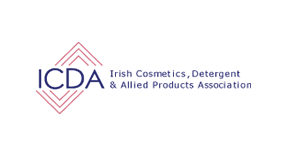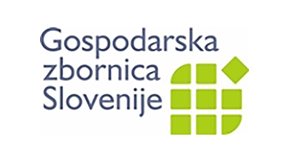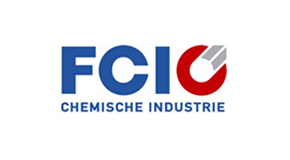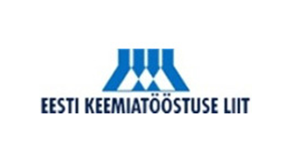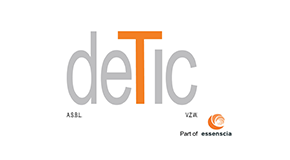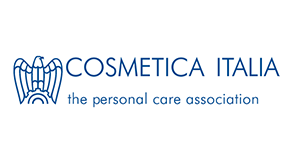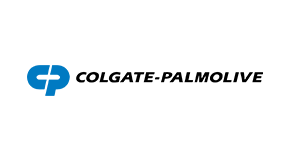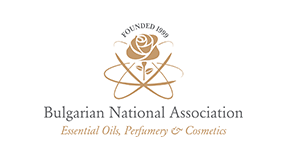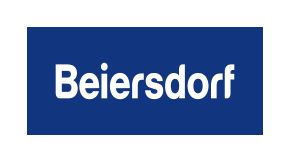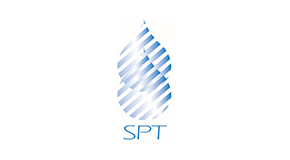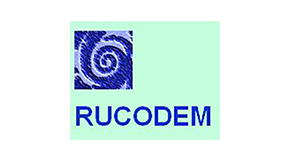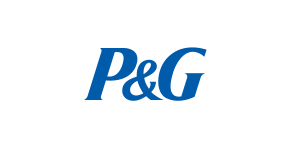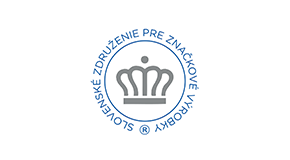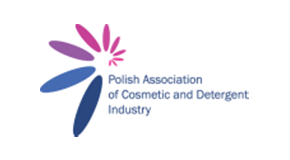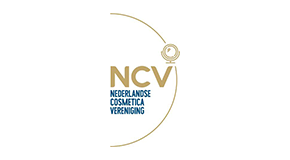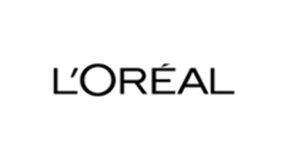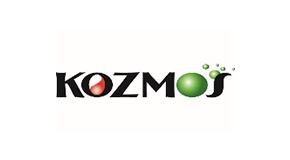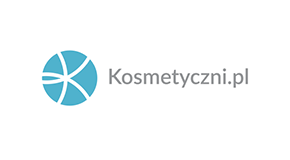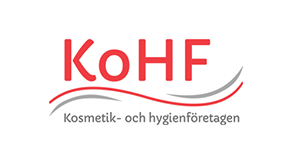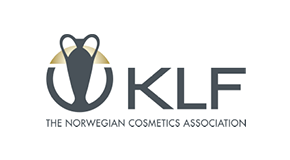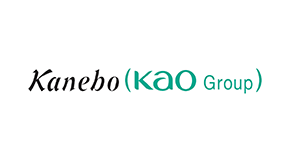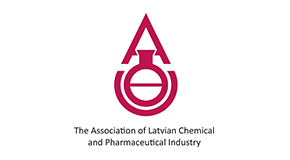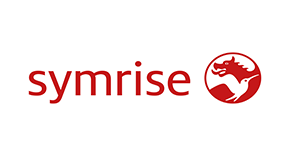- Home
- >
- About
About
REGULATORY ACCEPTANCE OBJECTIVES /AIMS
What is the Long Range Science Strategy?
Our research programme on alternatives to animal testing has grounds in multidisciplinary partnerships between Cosmetics Europe’s member companies and other groups having a deep interest in non-animal approaches — including the international regulatory community, validating bodies, academia, research institutes, and industry partners.
This research programme is the Long Range Science Strategy (LRSS). A consortium of Cosmetics Europe members supports and funds it. The programme started in 2016 and is scheduled to run until 2022. Numerous partners bring their expertise together across the five most relevant areas for evaluating the safety of cosmetic ingredients: (i) ocular toxicity, (ii) genotoxicity/mutagenicity, (iii) skin sensitisation, (iv) toxicokinetics, and (v) toxicodynamics. The data and outcomes generated in each of the five research areas have already allowed us to develop several robust safety assessment approaches based on alternative methods.
Why are we doing it?
The LRSS has a clear regulatory acceptance orientation. Its goal is to enable animal-free safety assessment of chemicals and cosmetic ingredients after repeated exposure, thereby entirely replacing repeat dose toxicity animal tests.
To meet this goal, the LRSS has three pillars:
- Develop non-animal methods, testing strategies, and alternative approaches
- Use them in a risk assessment paradigm, to show that safety assessments are possible on a broad spectrum of effects — with a focus on systemic toxicity
- Support the regulatory acceptance of these approaches and the data generated by applying them
The LRSS intends to employ these pillars throughout several case studies. The LRSS will implement these pillars along a well-established scientific workflow to complete a series of case studies on chemicals with defined exposure scenarios.
SCIENTIFIC ADVISORY BOARD MEMBERS
Bob van de Water,
Maurice Whelan,
Alan Boobis,
Suzanne Fitzpatrick,
Bas Blaauboer,
CONTACT

Avenue Herrmann Debroux 40
B-1160 Brussels Belgium
LRSSinfo@cosmeticseurope.eu
Tel: +32 2 227 66 10
Fax: +32 2 227 66 27
